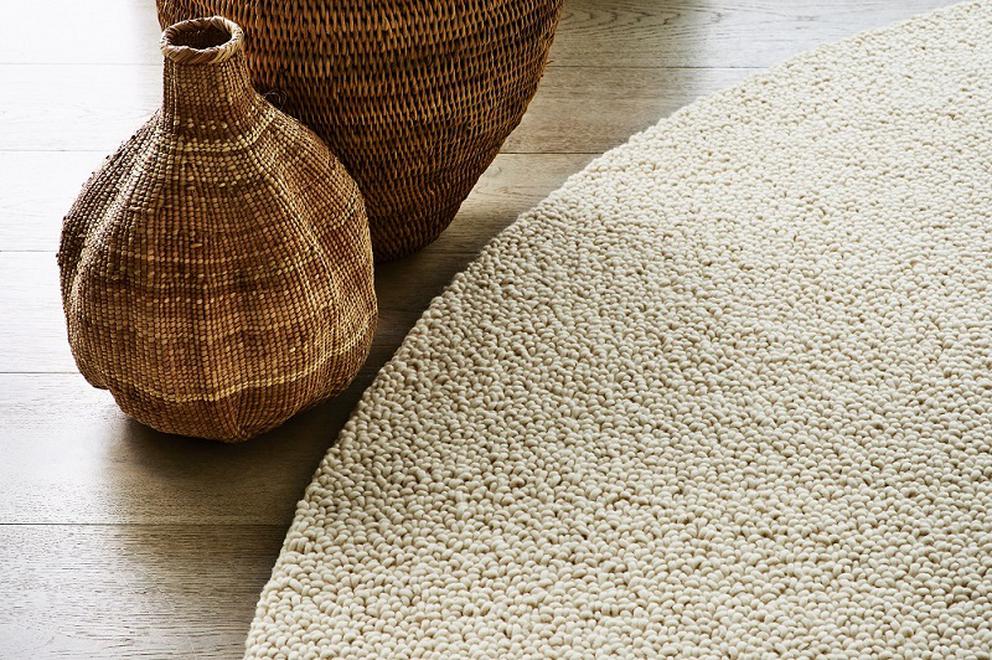Choosing the right carpet rug binding for your home in Auckland involves more than simply selecting a color that matches your décor. It’s about considering a variety of factors that contribute to the durability, functionality, and aesthetics of your rug. Whether you are refurbishing an old rug or finishing off a newly purchased one, the binding process is essential to ensure your rug not only looks great but also lasts for years. In this guide, we’ll delve into the key considerations for choosing the right carpet rug binding for your Auckland home.
Understanding Carpet Rug Binding
Carpet rug binding refers to the process of finishing the edges of a rug to prevent fraying and to give it a polished look. The binding can be made from various materials, including fabric, leather, or synthetic materials, and it comes in numerous styles and colors. The type of binding you choose can significantly affect the rug’s appearance, durability, and functionality.
Types of Rug Bindings
1. Standard Binding
- Material: Cotton or polyester.
- Appearance: Narrow and subtle, matching the color of the rug.
- Durability: Suitable for low to moderate-traffic areas.
- Best For: Traditional and simple rug finishes.
2. Wide Cotton Binding
- Material: Cotton.
- Appearance: Wider than standard binding, often used for a more pronounced border.
- Durability: Good for moderate-traffic areas.
- Best For: Casual and contemporary designs.
3. Serge Binding
- Material: Wool or synthetic yarn.
- Appearance: Creates a stitched edge, giving a tailored look.
- Durability: Excellent for high-traffic areas.
- Best For: Formal and traditional rugs.
4. Leather Binding
- Material: Genuine or faux leather.
- Appearance: Luxurious and elegant.
- Durability: Very durable, ideal for high-traffic areas.
- Best For: High-end, modern, or rustic designs.
5. Tapestry Binding
- Material: Decorative fabric.
- Appearance: Adds a decorative, ornate border.
- Durability: Varies, usually used for aesthetic purposes.
- Best For: Decorative rugs in low-traffic areas.
Factors to Consider When Choosing Rug Binding
1. Traffic and Usage
Consider where the rug will be placed and how much foot traffic it will endure. Durable bindings such as serge or leather are ideal for high-traffic areas like hallways, living rooms, or entryways. For areas with less foot traffic, such as bedrooms or dining rooms, you can opt for more decorative bindings like tapestry.
2. Aesthetics and Style
The binding should complement the style and color of the rug as well as the overall décor of the room. Choose a binding that matches or closely blends with the rug color for a seamless look. For a bold statement, opt for a contrasting binding color or a decorative binding.
3. Material and Texture
The material of the binding should match the texture of the rug. For instance, a wool serge binding pairs well with a wool rug, while a leather binding is suitable for a high-end or rustic rug. Consider the rug’s pile and texture to ensure a harmonious finish.
4. Maintenance
Different bindings require different levels of maintenance. Leather bindings, for example, may need occasional conditioning to keep them from drying out. Cotton bindings might require regular cleaning to prevent dirt buildup. Consider your willingness to maintain the binding over time.
5. Cost
The cost of binding varies based on the material and complexity. Standard bindings are usually the most cost-effective, while leather and decorative bindings can be more expensive. Determine your budget beforehand and choose a binding that offers the best value without compromising on quality.
Steps to Choose the Right Rug Binding
Step 1: Assess Your Rug
Evaluate the type of rug you have or plan to purchase. Consider its material, pattern, and where it will be used. This initial assessment will help you determine the most suitable type of binding.
Step 2: Identify the Room’s Function
Understand the room’s function and foot traffic. High-traffic areas need durable bindings, while decorative areas can use more aesthetic-focused bindings.
Step 3: Select the Binding Material
Based on your assessment, choose a binding material that matches your rug’s needs. For instance, if you have a high-traffic wool rug, a wool serge binding would be appropriate.
Step 4: Consider the Style and Color
Decide whether you want the binding to blend with or contrast against the rug. Choose colors and styles that enhance the overall look of your room.
Step 5: Budget and Maintenance
Keep in mind your budget and the maintenance required for each type of binding. Ensure that you select a binding that you can afford and are willing to maintain over time.
Where to Get Your Rug Bound in Auckland
In Auckland, there are several places where you can get your rug professionally bound. Some carpet and rug stores offer binding services, and there are also specialized binding and finishing companies. Look for reputable providers with good reviews to ensure quality workmanship.
Conclusion
Choosing the right carpet rug binding for your home in Auckland involves a careful consideration of factors such as durability, aesthetics, material, maintenance, and cost. By understanding the different types of bindings and evaluating your specific needs, you can ensure that your rug not only complements your home décor but also stands the test of time. Whether you opt for a subtle standard binding or a luxurious leather finish, the right binding will enhance the beauty and longevity of your rug, adding warmth and character to your home.



